High Frequency Training QnA with Chad Waterbury
Chad - Yo, Bro! BIG thanks for taking the time. After chatting with you at Jason Ferruggia's wedding we both have gotten into 2 things lately: Bodyweight Training & higher volume training.
It's cool to see how we evolve as we go through training through the years. What has influenced your evolution in training to the way it is today?
CW: Yeah, I remember talking body weight training, even though I’m pretty sure I drank way more beers than you did that night!
I got into body weight training for two reasons. First, from a neural standpoint, many body weight exercises will challenge the nervous system more than its traditional free weight counterpart.
Consider, for example, a standing shoulder press with dumbbells compared to a handstand push-up. The handstand push-up is more challenging to the nervous system because you’re moving your body through space instead of dumbbells. The extra neural component is great for building muscle and athleticism.
Second, and most importantly, I got into body weight training because I became bored out of my mind with the idea of stepping into a gym and doing traditional lifts with dumbbells or a barbell. It’s probably because I’ve spent the better part of my life in a gym.
Also, I’ve always wanted to learn a standing back flip, along with some of the more complex rings exercises. So I hired a Russian silver medalist in gymnastics to teach me flips and rings. My passion for training was instantly renewed.
That was two years ago. Since that time I’ve figured out ways to program some of the coolest stuff I learned into my clients’ programs. The results have been outstanding for my clients: more muscle, enhanced athleticism, and less fat.
There have been many different nutritional methods going around through the years. I assume it has caused lots of confusion for many and I admit, even I have gotten confused. What changes have you made in nutrition for your clients and yourself to support more fat loss, greater energy and muscle building?
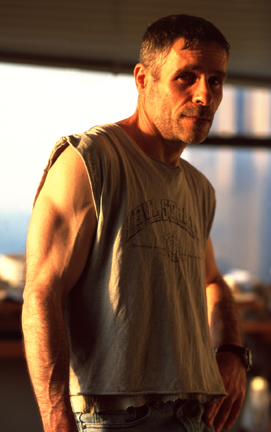 CW: The biggest change I’ve made is to incorporate intermittent fasting. Once I started implementing many of the original strategies that Ori Hofmekler made famous, my clients have drastically improved their recovery and performance.
CW: The biggest change I’ve made is to incorporate intermittent fasting. Once I started implementing many of the original strategies that Ori Hofmekler made famous, my clients have drastically improved their recovery and performance.
Intermittent fasting has a powerful anti-inflammatory effect on the body. Since excessive inflammation slows muscle growth, fat loss, and recovery, it’s no surprise that periods of fasting actually improve those three elements.
It’s easy to assume that fasting will eat up muscle and energy, but it definitely won’t if you time everything correctly. I use different forms of intermittent fasting with all my clients, whether it’s an NFL player or a fighter. All my clients have said they felt better and recovered faster once I had them stop eating six times per day.
I'm a big believer in learning through others. When we hung out you told me you have a high level Coach for training Gymnastics whom you mentioned already. How has a Coach influenced your training and increased your knowledge?
CW: Yeah, every person who succeeds in life has a handful of mentors that paved the way. For me, the list is long. Everyone from Pavel Tsatsouline to Dr. Stuart McGill has helped me tremendously.
My gymnastics coach taught me a ton of cool exercises, but some of the stuff those old-school coaches teach is outdated, such as passively stretching the hamstrings or doing a ton of exercises that require extreme spinal flexion.
So I took the best of what I learned from my gymnastics coach and applied it to my programs. Now, most of the upper body training I have guys do is with rings. That change alone will add plenty of new muscle to a guy who wants a bigger upper body. The lat activation on rings is killer.
You only need to look at the upper body development of a ring’s gymnast to know how effective those moves are for building muscle and strength.
What’s the biggest change you’ve made when someone wants to build muscle fast?
CW: The most effective change I’ve made is to increase training frequency. I started experimenting with high frequency training (HFT) back in 2001 after I watched the Alexis brothers perform in the Vegas show, Mystere. What those dudes can do, and their physical development, are mind-blowing.
And when you consider that they do 10 shows per week with God knows how many practice sessions in between, they’re the archetype of the transformative powers that HFT and intense body weight exercises can have for building muscle, strength, and athleticism.
So over the last 11 years I’ve been tweaking different HFT parameters for fast muscle growth. It wasn’t until the last few years when I finally came up with a complete system that will work for any major muscle group. The trick was figuring out what each muscle group needs. What works for the quadriceps won’t work for the biceps. And what works for the chest won’t work for the calves.
Through years of experimenting on myself and working with various clients I've been able to dial in a complete HFT system that targets muscle growth across your entire body with full-body training. The results have been outstanding.
Chad, BIG thanks, my brutha. I LOVE talking training, especially bodyweight training and high volume / high frequency training. This was awesome. We will have to do a part II! How can Underground Strength Nation get more info on your training methods?
CW: Zach, my pleasure bro. Tell your readers to drop some blog comments and we'll crush a part II. They can get more info on my HFT training program HERE

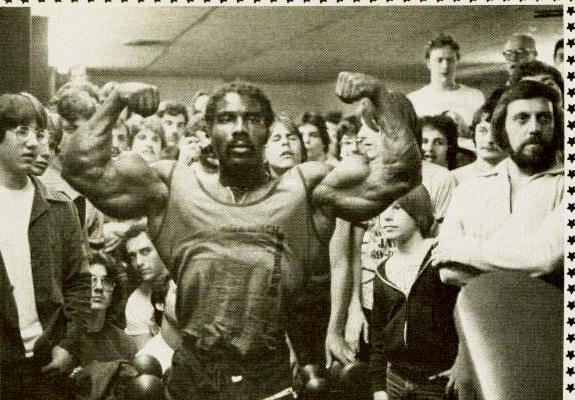
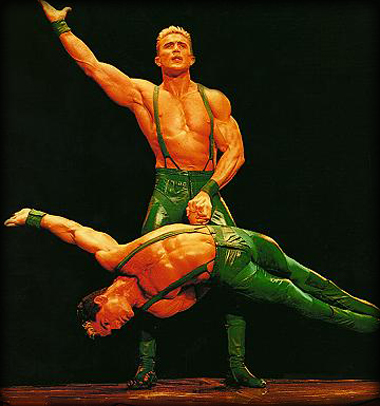
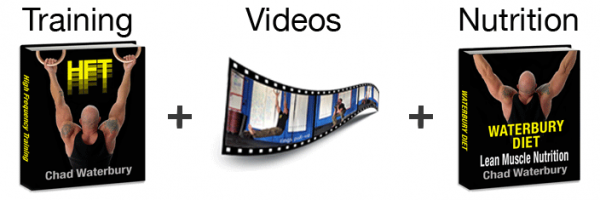
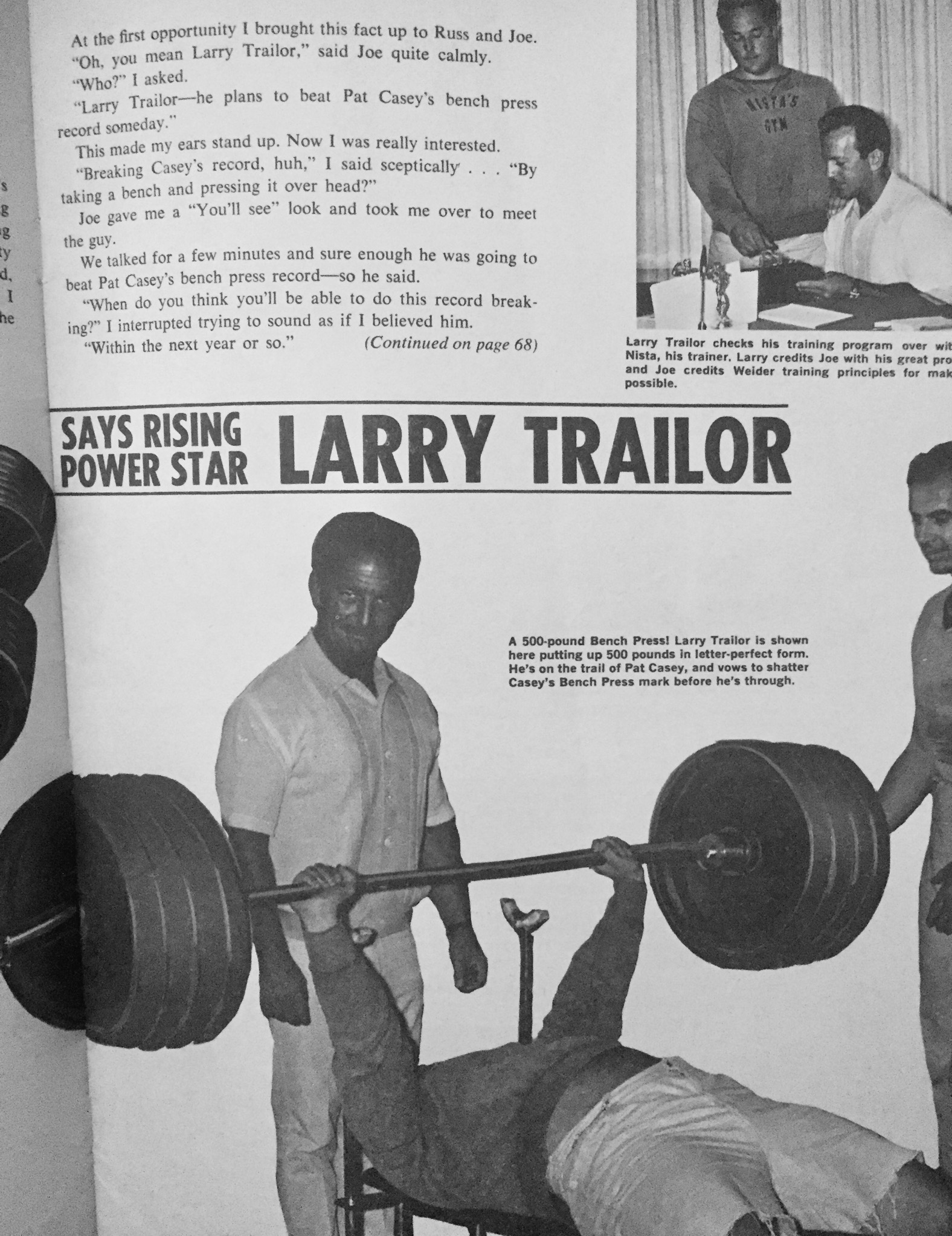
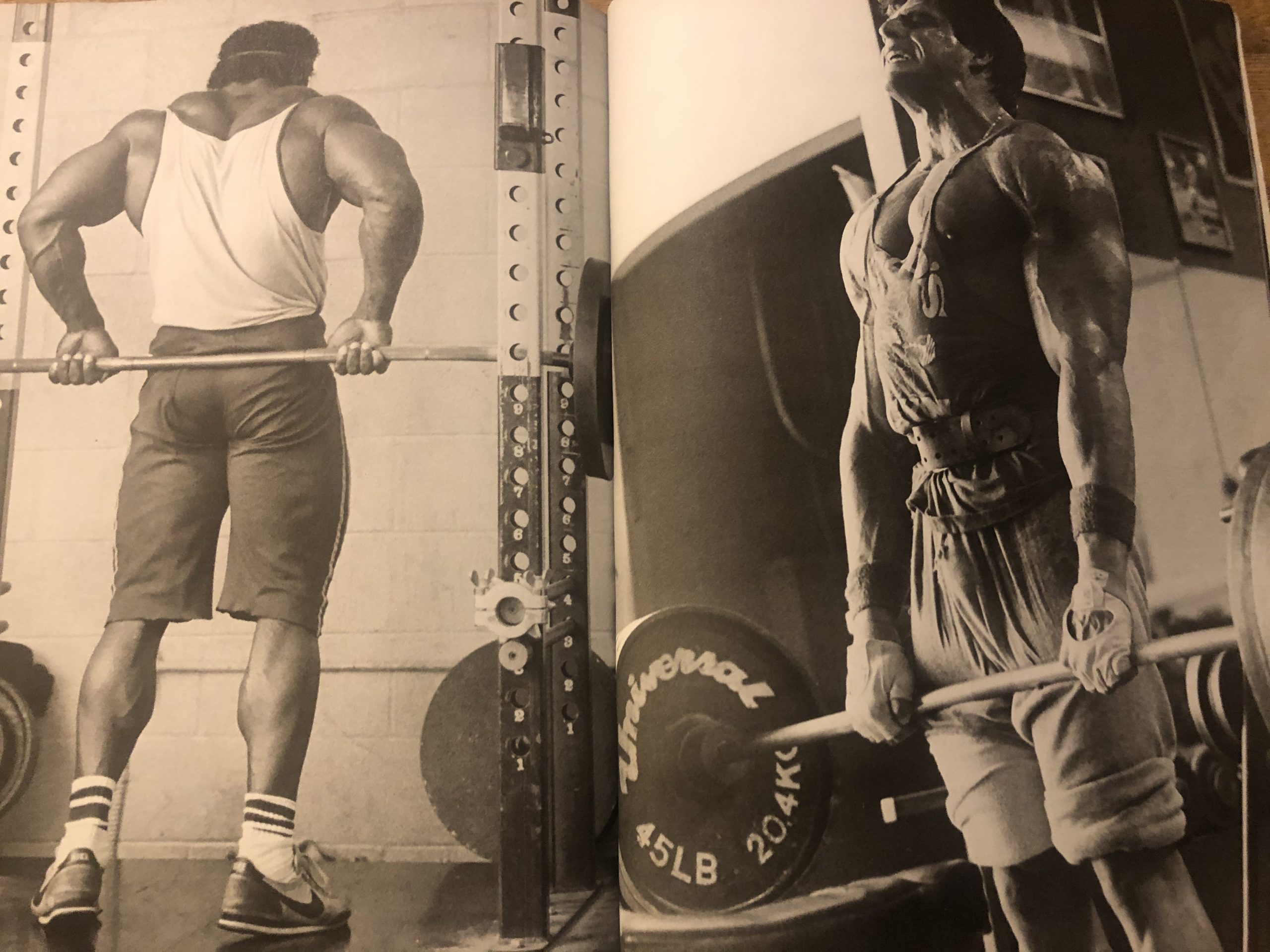
27 Responses
Great interview!
One question for Chad: What is his opinion an things like rope climbing?
Dominick, I think rope climbing is terrific – definitely one of the best ways to build the upper back, biceps, and forearms. I have all my guys climb the ropes. However, I rarely program it into the books I write because many people don’t have access to one.
Good point! I wish more peeps had ropes but CW is right on.
I would also agree. Many top wrestlers and wrestling clubs/programs implement rope climbs. My 11 year old son whom wrestles at a one of PA’s top wrestling clubs 20′ rope climbs prior to each practice along with handstand pushups and pullups. Why I believe wrestlers and gymnasts are among the top athletes in overall strength, explosiveness and athleticism. My son had me build a 17′ rope climb at home along with a excavator tire he’s able to build serious strength.
Hey Zach, great interview! One great thing about living in the Los Angeles area is that I’ve had an opportunity to train @ Gold’s Venice several times over the years. Those old school bodybuilders used to sit in that gym all day long, training clients but mainly training themselves. Another place that I’ve been lucky enough to experience and visit is Santa Monica Pier and the old muscle beach were all of the rings, pull-up bars and parallel bars are. I’m not sure if you’ve been out this way before but what a video, article or even an e-book you could put out if you did!!!
Brian Bro!!! I am jealous, ha ha, I LOVE SoCal. I’ve trained at Gold’s Venice for 2 weeks when I spent 2 weeks in Cali
I hear ya, the golden era guys did LOTS of volume
Many guys who don’t follow the magazines, internet, etc STILL do high volume b/c they never heard of this CNS burn out stuff!
SM pier is where I train my clients. So you’re definitely right – it’s the place to be. Between the rings, ropes, parallel bars, etc. all I have to bring are kettlebells and sandbags and it’s game on!
Don’t make me more jealous. This is beyond true. I would train my athletes there in a heart beat if we had such access.
Ring training is tremendous, and an ass kicker of a workout. My question for Chad is what degree of strength has he retained if were to attempt a basic barbell lift (SQ, DL,BP etc.) In my personal experience, it is difficult to give up the basics and still retain barbell strength
I would never give up a heavy deadlift at least once each week. That’s why it’s programmed into my HFT program. I feel that it’s very tough to reach your ultimate strength, power, and athleticism without at least one full-body lift. It could be the deadlift, squat or O-lift. Heavy KB swings go a long way, though. If you do those, you can definitely deadlift less often and still retain or build all the explosive muscle you need.
AGreed on the ONE main lift each week, even at sub max efforts, this will go a LONG way in staying healthy, athletic, strong, jacked, lean and mean!!
Love this interview Zach! I’ve been expire mentions with high frequency now myself and have been very happy with it. There is certainly something to it.
Thanks Matt, I’m glad to help.
I am psyched U love it, keep us posted on your progress with HFT!
awesome interview!
when you guys talk about higher frequency, you’re also talking about higher reps? as in a 8-12 rep range?
Generally, yes, but not always. It depends on the goal of the program. For example, in my HFT system I have targeted plans for localized muscle growth. And I have a 12-week full-body HFT program with four workouts per week. The rep schemes vary between the different parts of the program.
Yes, sometimes it might be more volume of sets and less reps, or, more reps spread through the day.
CW dialed in what each body part needs to maximize muscle growth, which is what he specializes in.
Zach,
Great job on landing that interview with Chad Waterbury. if anybody knows HFT,its Chad. Chad is definitely one of those who popularized HFT for a damn good reason—it works.
I remember reading about him several years back–he brought up awesome points about performing rigorious strength training frequently to promote even greater gains. Its surprising to hear Chad delved into bodyweight training. Then again, probably not ALL that surprising! And those “ring gymnasts”—awesome physiques and astonishing strength.
And
@John—
If i recall correctly, Chad promotes strength training like 6 times a week if not more. Lots of sets—going heavy on the volume. So, yeah—i would not be surprised to hear he had some sets for bodyparts where he went up to even 20 reps per set.
@Waterbury, correct me if I’m wrong about the above statement.
I mean c’monn, how could you not have a part 2??? We wanna know, man! :-)Let’s hear of some physical transformation stories via HFT.
Hey guys, what I recommend varies according to the goal of the program. But for faster muscle growth, the key is a higher training frequency – especially with stubborn muscle groups. So if a client wants to build up his pecs I might have him train push-up variations 6-10 times per week. But keep in mind, each time he trains the push-up he’s only spending about 5 minutes on it. You don’t need to invest a lot of time to turn on muscle growth – if the weekly frequency is high enough.
Zach,
I’m very curious to hear your take and Chad’s take on HFT for the shoulders and the balance between overhead pressing/handstands, pulling, and pushups. How much is too much? Right now I train 5-6 days a week and hit full body every workout with weights/bodyweight usually concentrating more on upper or lower each workout with the workouts rotating between max effort work/dynamic work/hypertrophy work. Sometimes I’ll work all three in one workout split between upper and lower body. It’s been working fine for 6 weeks, every third week I force myself to deload and layoff doing anything more than 50% my max. How do you work deload weeks into your High Frequency program Z? I hsould probably quit being a cheapazz and just order Chads course, but hey, I want to hear your take on it Z. Peace!
Yeah, there are a lot of different issues to address in your questions. That’s why I laid it all out in the HFT system. Generally though, if a guy has a lagging body part, I’ll have him train it every day (just for a few minutes) for 28 days. Then he’ll take 5 full days off from directly training that muscle group.
This is a SIC method CW has used, like a Mad Scientist, I LOVE it!!! This program is BadAss and I’m fired UP with it!
Dennis, yo bro, GREAT question. CW has this dialed in and I’ve seen HFT with Bodyweight exercises always elicit a powerful response.
We use it inside http://BodyweightBodybuildingSecrets.com and if you read the Bodyweight BEAST Interviews, you’ll see those guys do TREMENDOUS volume, it’s amazing but they built themselves UP to the volume and now thrive on it!
It’s a BIG mental toughness booster as well!
Great stuff keep it coming!
Hey Chad and Zach!
I’m wondering if there is a difference in strength development between using gymnastics rings and the Jungle Gym XT or other suspension trainers? Such as pullups, pushups, etc. Do you get more strength using the rings? The suspension trainers? Or are they about the same?
Thanks!
It seems that a number of questions deal with the training protocol, bodyweight, deadlifts, and so forth (which I am also curious about). However, I would like to know a bit about the nutritional approach, the Waterbury Diet.
If my memory serves me well, I think I first came across Mr. Waterbury through Precision Nutrition, where he represented the Velocity Diet. More recently, he has appeared in a number of interviews on the Defense Nutrition/Warrior Diet websites. The articles on muscle performance, fat loss, and post workout nutrition, were extremely helpful, giving a bit more application oriented information than some of Ori Hofmekler’s texts.
As an intermittent faster, warrior dieter, I am consistently trying to better apply the principles. Therefore, I am curious about your approach to intermittent fasting, its application to training, and its application to your protocol in particular. In my own experience, weight loss and energy gain has been relatively simple… hypertrophy, not so much!
In addition, with the mention of Pavel and kettlebell swings above, I was curious if kettlebell options were included with the free weight options?
Finally, as your experience with professional athletes will help in your response, how does the program apply towards athletes/military/emergency service employees?
Each profession, requires more than a “little in the tank,” and many hypertrophy programs require significant rest and recovery, which each of the aforementioned professions may not allow. Are such caveats considered within the program?
Hopefully, these questions assist others with similar interests.
Thanks.
hey zach i was wondering since rings are the go to equipment for the upper body, will they be used just for pull ups and dips and recline rows and push ups etc or does the protocol involve muscle ups and handstand pushups and iron crosses etc? thanks mike